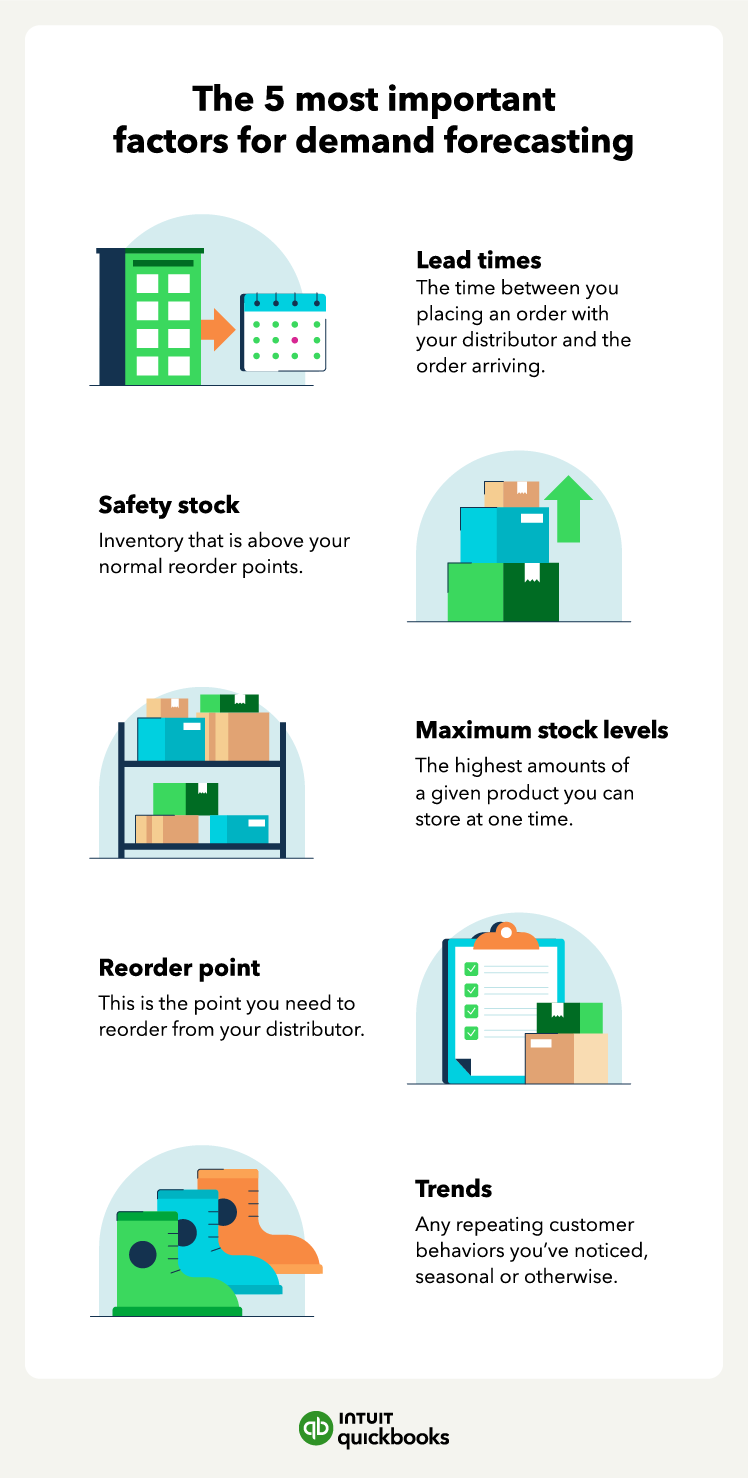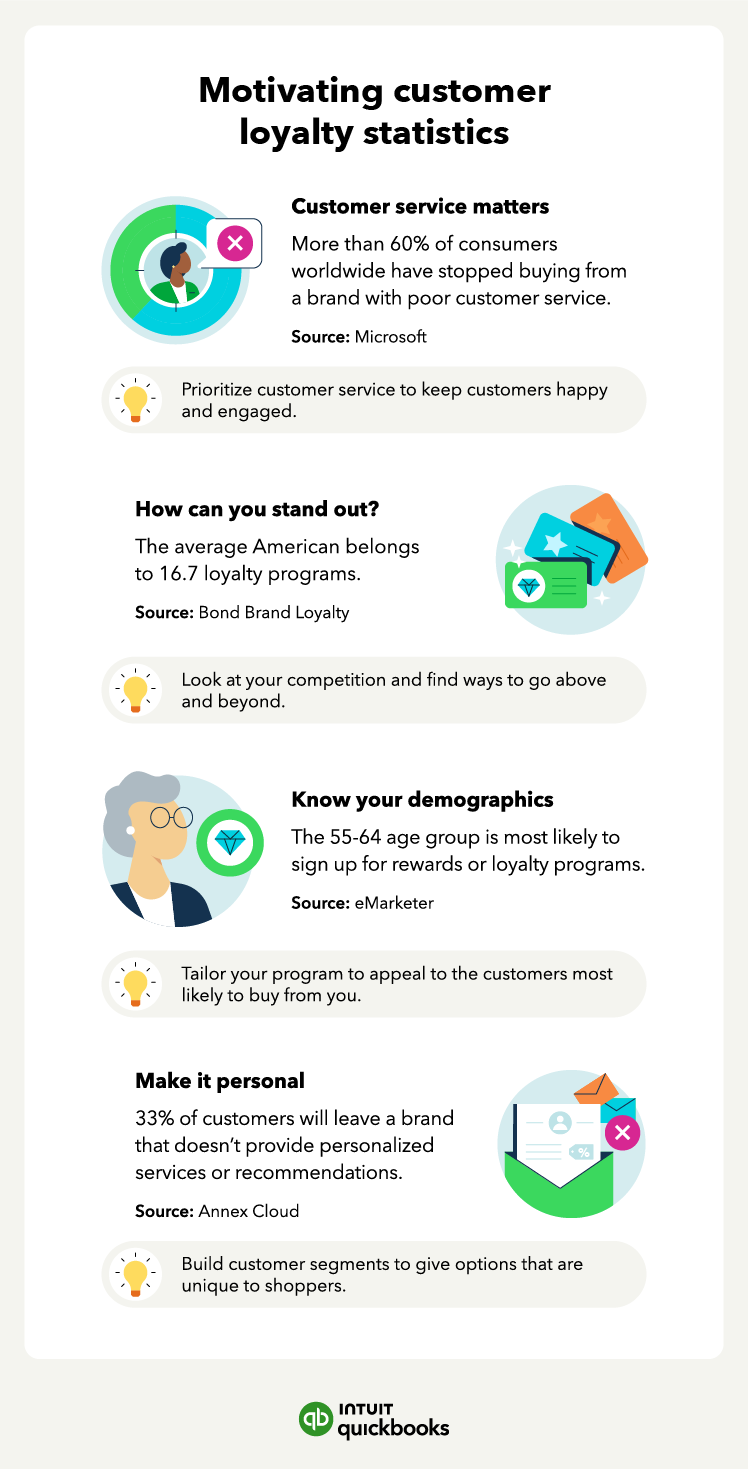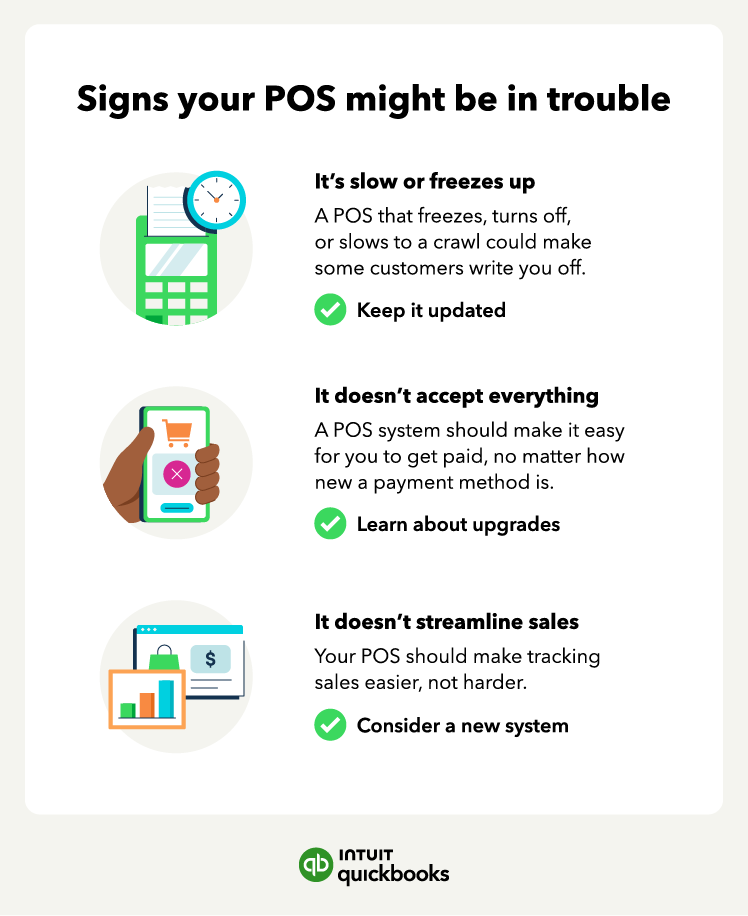7. Use dynamic pricing to stay competitive and increase profits
Dynamic pricing during peak selling season is a strategy that will put more money in your bank account. This process involves tracking what prices competitors are selling the same (or similar) products for and adjusting your prices to compete. While that might mean lowering prices sometimes, it also means raising them if others are also increasing what they charge.
There are a few methods of dynamic pricing that you should consider when you’re setting your sales strategies for peak season:
Price discrimination
This type of dynamic pricing is where your business charges more or less for the same product depending on the channel the customer used to arrive at the product. For example, a pair of your company’s shoes might cost $50 at your brick-and-mortar store but cost $65 in your online store.
Other forms of price discrimination can be bulk discounts, discounts for seniors, or pricing all of your products at their individual maximum values.
Price skimming
For this type of dynamic pricing, you’re deliberately inflating the price of a new product. While that might seem counterintuitive, people who like to be early adopters and those who see the value in your product will pay these higher prices.
Yield management
For products with low demand, you can lower the price to help them move. This strategy helps you sell products that are slower to sell, but it can lead to upticks in sales only when you lower the price.
Today, you can use AI-powered technology to help crawl the internet and adjust your prices based on what others charge. And to ensure your customers see consistent pricing, you can set up systems that will keep your prices the same for a customer if they first click on an ad and then come back to your online store later through a different channel.















